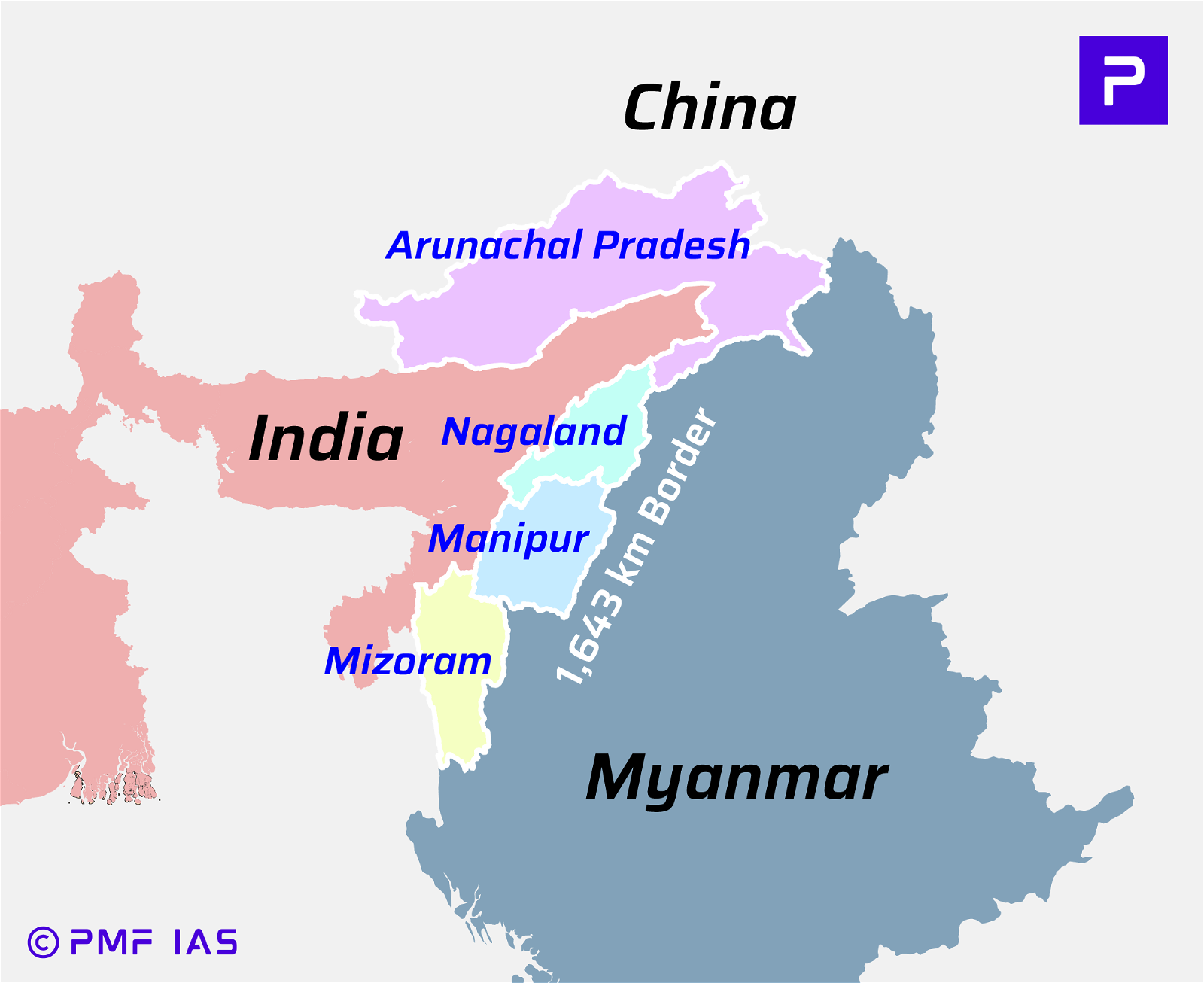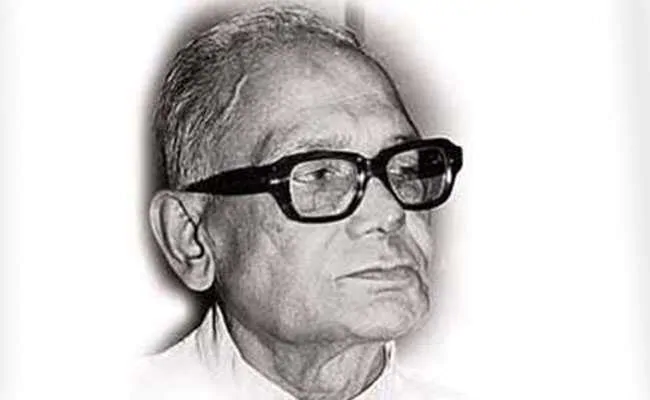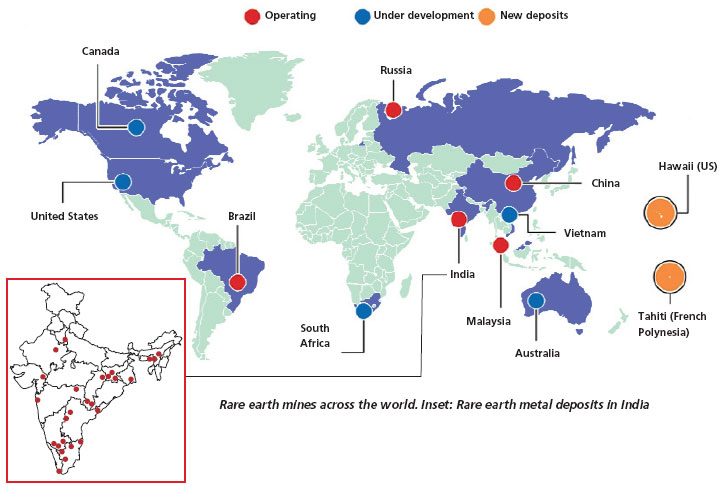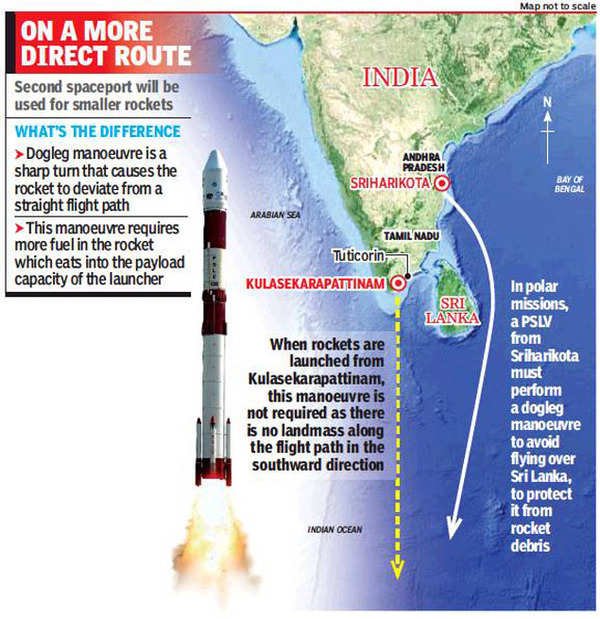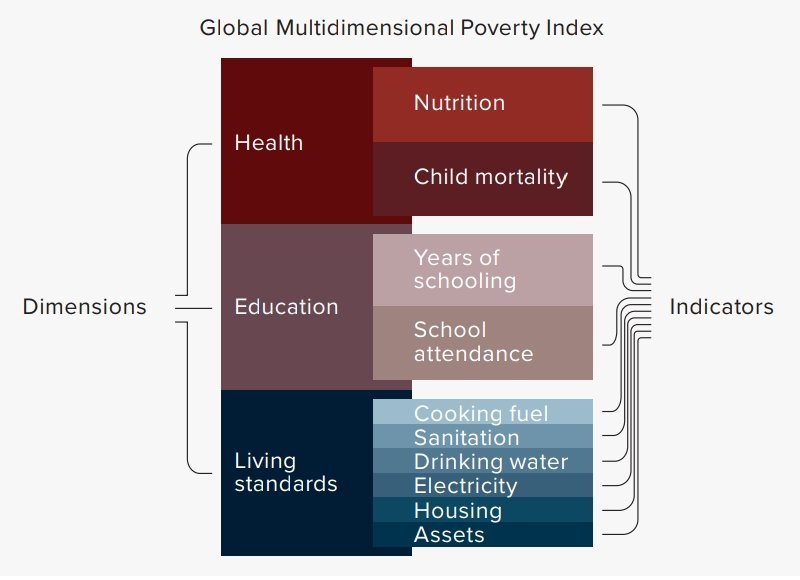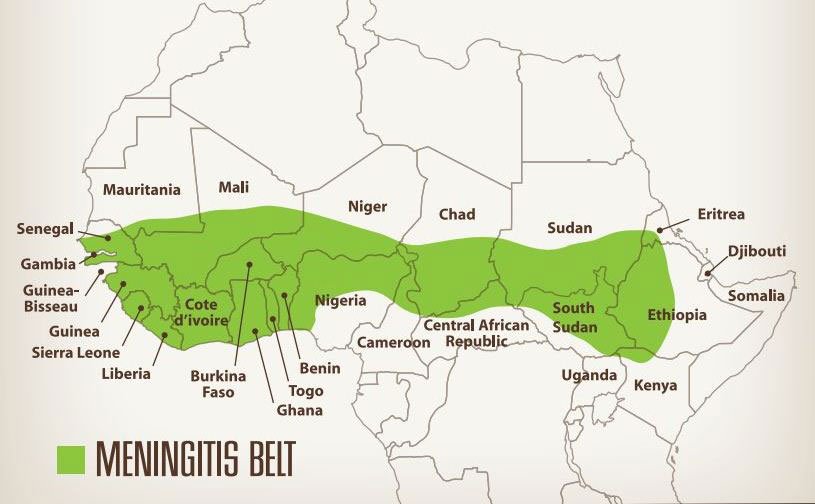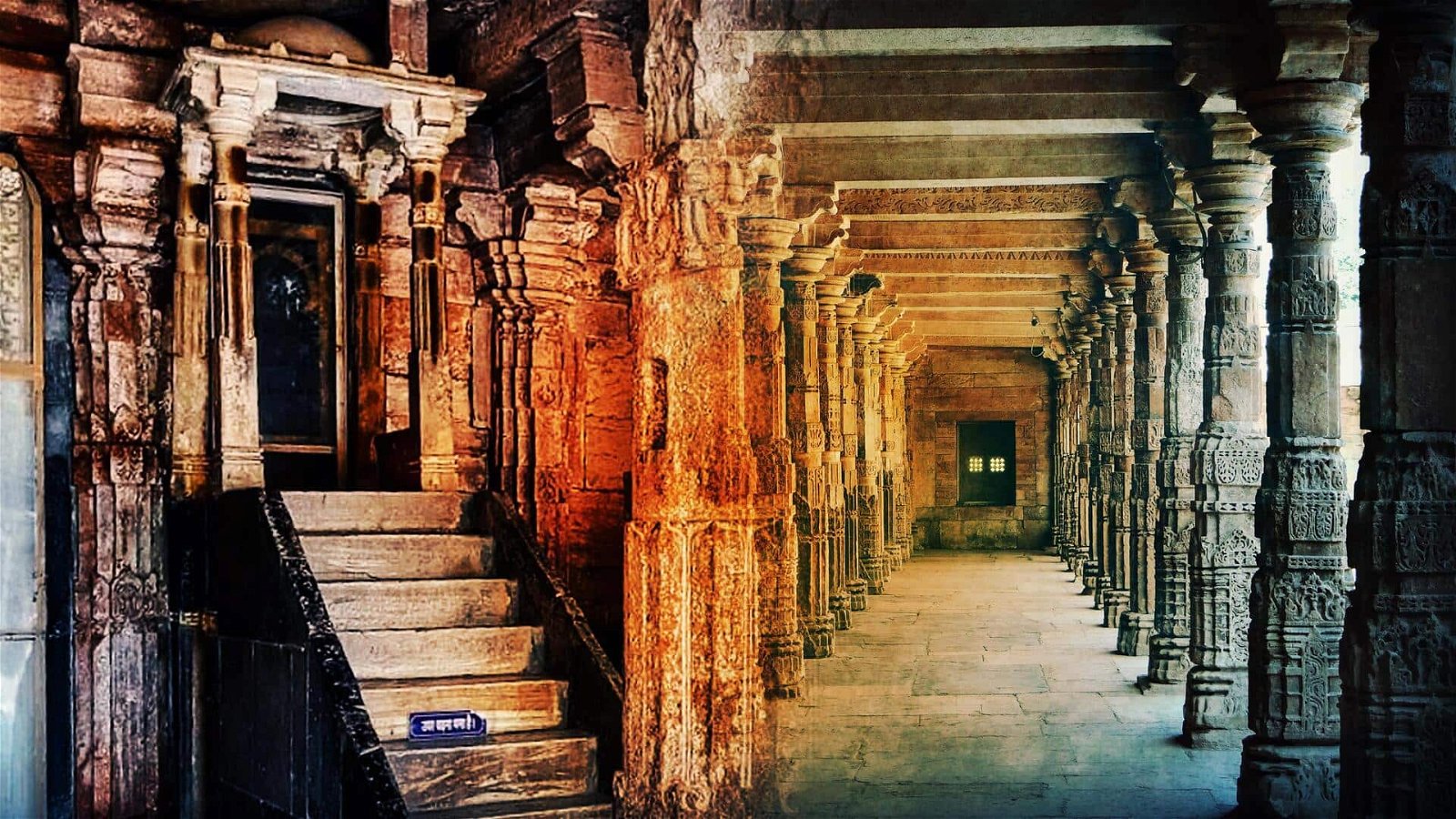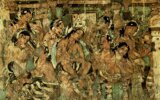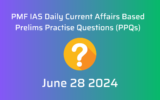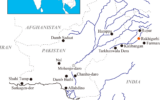
Current Affairs for UPSC Civil Services Exam – June 26, 2024
Subscribers of "Current Affairs" course can Download Daily Current Affairs in PDF/DOC
Subscribe to Never Miss an Important Update! Assured Discounts on New Products!
Must Join PMF IAS Telegram Channel & PMF IAS History Telegram Channel
{GS2 – Governance – Issues} Methanol Poisoning and Illicit liquor
- Context (TH): Deaths in the Kallakurichi (TN) liquor tragedy are attributed to methanol poisoning.
Ethanol and methanol in illicit liquor
Ethanol
- Ethanol, commonly known as alcohol, is naturally produced by the fermentation process of sugars by yeasts or via petrochemical processes such as ethylene hydration.
- In India, it is primarily derived from molasses, a by-product of the sugar manufacturing process.
- Distilleries, often situated near sugar factories, process molasses to produce rectified spirit.
- This spirit is further distilled to create extra neutral alcohol (ENA), which is used to make Indian Made Foreign Liquor (IMFL).
Methanol
- Methanol is typically produced from coal and other fossil fuels. Unlike ethanol, it is highly toxic and not safe for consumption.
- It is an essential component in various industrial products, such as paints.
- Both ethanol and methanol are highly regulated substances. For example, in Tamil Nadu, the production, transportation, and storage of methanol are strictly controlled through licensing.
Policy Recommendations
- Strengthening Legislation: Robust central legislation is needed to complement state laws and tighten control over methanol distribution.
- Inter-State Coordination: Laws like the Poisons Act should be enforced more stringently to monitor and regulate the inter-state supply of methanol.
- Separate Production Lines: As India plans to increase the production of both ethanol and methanol, it is crucial to maintain clear distinctions and prevent any cross-contamination between the two substances.
- Preventing methanol pilferage and ensuring safe production and use should be a national priority, especially with plans to scale up methanol production as an alternative fuel source.
{GS3 – Infra – Energy} Power markets in India and their working **
- Context (IE): To meet peak power demand, the government has allowed the trading of surplus electricity generated from “linkage coal” in the country’s power markets.
What is Coal linkage?
- Coal linkages are agreements that ensure a steady supply of coal from mines to consumers like power plants, steel, and cement industries.
- Types of coal:
- Long-term linkages: Agreements lasting several years, offering stability and predictability.
- Short-term linkages: Shorter duration agreements that are adjustable based on immediate needs and market conditions.
Power markets
- Power markets are systems through which electricity is bought and sold.
- They facilitate the trade of electric power and help in balancing supply and demand.
How do Power markets work?
- In India, generation units traditionally use long-term Power Purchase Agreements (PPAs) spanning 25 years. However, PPAs are losing favour due to their inflexibility and capacity lock-in.
- Power markets allow generators to sell surplus power at market prices to address short-term fluctuations.
- This benefits renewable energy generators, who can trade excess power instead of curtailing it.
Power exchanges (PEs) in India
- PEs facilitate the trading of electricity, enabling buyers and sellers to transact efficiently.
- India has Three major PE regulated by the Central Electricity Regulatory Commission (CERC).
- The Indian Energy Exchange Ltd (IEX) dominates with more than 90% market share, followed by Power Exchange India Limited (PXIL) and Hindustan Power Exchange Ltd (HPX).
Evolution of Power exchanges
|
Key terms related to power exchange
Market coupling
- It is a process that matches bids from all power exchanges to discover a uniform market clearing price.
- The concept was first introduced in CERC’s Power Market Regulations, 2021.
- Advantages: It could lead to more efficient price discovery, reduced price disparities across regions, and increased market stability.
Capacity markets
- Capacity Market (CM) is designed to provide long-term stability and security in the power system by preventing a deficit of generation capacities.
- Hence, it almost completely eliminates electricity price volatility.
- Only a few countries, including UK, parts of Australia, and South Korea, have developed capacity markets.
{GS3 – IS – Laws} Enemy agents ordinance *
- Context (IE): Jammu and Kashmir Director General of Police (DGP) said those found assisting militants in J&K should be tried by investigating agencies under the Enemy Agents Ordinance, 2005.
Historical background
- It was first issued by the Dogra Maharaja of Jammu and Kashmir (J&K) in 1917.
- It is referred to as an “ordinance” since laws during Dogra rule were called ordinances.
- It was incorporated into law after the partition in 1947 and subsequently amended.
- The Jammu and Kashmir Reorganization Act, passed in 2019, replaced some state laws with Indian laws and specified which ones would remain in place.
- While the Public Safety Act and the Enemy Agents Ordinance, among other security laws, persisted.
Enemy agents Ordinance
- Any enemy agent or, with an intent to aid the enemy, conspires with any other person to any act which is designed or likely to give assistance to the enemy or to impede the military or air operations of Indian forces is punishable under the ordinance.
- The punishment includes death or rigorous imprisonment for life or with rigorous imprisonment for a term which may extend to 10 years and shall also be liable to fine.
- Founder of Jammu Kashmir Liberation Front, Maqbool Bhat, hanged in Tihar Jail in 1984, charged under the Enemy Agents Ordinance.
Trials under the ordinance
- Trials conducted by a special judge appointed by the government in consultation with the High Court.
- The accused cannot employ a lawyer to defend herself unless the court permits it. There is no provision for appeal against the verdict.
- The decision of the special judge can only be reviewed by a person chosen by the Government from the judges of the High Court, and the decision of that person shall be final.
- The ordinance barred disclosure or publication of case details without government authorisation.
{GS3 – S&T – Space} Space Variable Objects Monitor (SVOM) Satellite
- Context (IE): SVOM satellite was launched from Xichang Satellite Launch Center in Sichuan province.
- It is the first astronomy satellite jointly developed by China and France.
About Space Variable Objects Monitor Satellite
- It is the most powerful satellite yet for studying gamma-ray bursts (GRBs) and their electromagnetic radiation properties.
- The 930-kg satellite consists of four payloads. The French have built the ECLAIRs and MXT telescopes, which will detect and capture the GRBs.
- The Chinese-built Gamma-Ray Burst Monitor (GRB) will measure the spectrum of GRBs.
- Chinese-built Visible Telescope will detect & observe visible emissions produced immediately after a GRB.
- The satellite has been placed in a low earth orbit (at 625 km) with an orbital period of 96 min.
Gamma-ray
|
{Prelims – S&T – Defence} Multi-Utility Legged Equipment (MULE) *
- Context (PRINT): Robotic MULEs are being inducted into the Indian army.
MULE (Multi-Utility Legged Equipment)

Source: The Print
Features
- It is equipped with thermal cameras and other sensors, which enable them to carry out surveillance.
- It uses Wi-Fi or Long-Term Evolution (LTE) to operate up to 10 kilometres from the location.
- They can be integrated with small arms and can engage with an enemy, thereby reducing human risk.
- The remotely controlled MULE can help in reconnaissance. It can identify the enemy by providing real-time footage transmission to military posts.
- Capable of operating in diverse terrains such as snow and mountains as well. It can climb mountains hassle-free at up to 45 degrees and climb steps as high as 18 cm.
Other similar developments
- China inducted a gun-toting version of robotic dogs into its military. China unveiled equipment that can fire at the enemy during a joint military exercise with Cambodia.
- The US also inducted robotic dogs into the military and state police departments.
{Prelims – In News} Srinagar: World Craft City
- Context (TH): Srinagar has become the fourth Indian city to be recognised as a ‘World Craft City’ by the World Craft Council (WCC).
- Jaipur, Mamallapuram and Mysore are the other World craft cities in India.
World Craft City
- It is an initiative launched in 2014 to recognise the pivotal role local authorities, craftspeople, and communities play in cultural, economic, and social development worldwide.
World Craft Cities in India
- Srinagar is a city with more than 4,000 years of written history and shawls, carpets, papier mache, etc.
- Kashmir’s handicraft sector is witnessing major economic gains, with exports in the last five years jumping from Rs. 1,000 to 2,000 crores.
- In 2021, Srinagar also earned the title of UNESCO Creative City under Crafts and Folk Art.
World Craft Council (WCC)
|







![PMF IAS Environment for UPSC 2022-23 [paperback] PMF IAS [Nov 30, 2021]…](https://pmfias.b-cdn.net/wp-content/uploads/2024/04/pmfiasenvironmentforupsc2022-23paperbackpmfiasnov302021.jpg)
